What Is The Origin Of The Maneki-Neko?
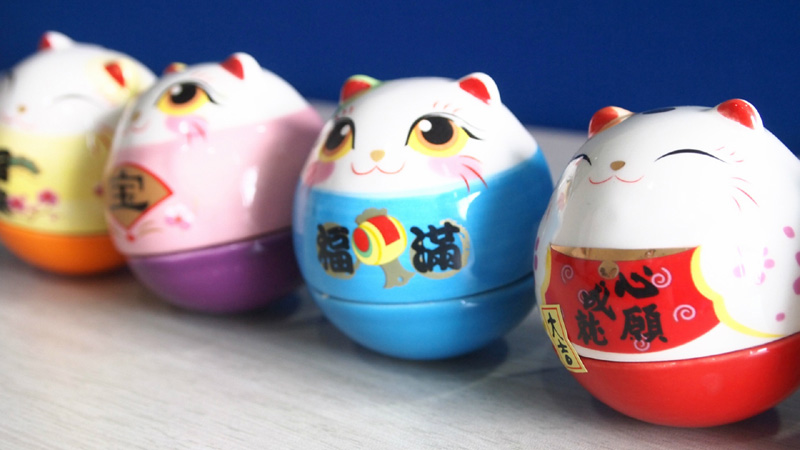
Photo by xxxx on Unsplash
In the rich tapestry of Japanese culture, one iconic figure has gracefully woven itself into the hearts and homes of the people—the Neko, or cat. This enigmatic creature, with its playful antics and mysterious aura, holds a special place in Japanese folklore, art, and daily life. As we embark on a journey to explore the origins of the Neko, we discover a narrative that transcends mere domestication, delving into the realms of spirituality, superstition, and the enduring bond between humans and their feline companions.
Neko in Japanese Culture
Before delving into the historical origins of the Neko, it's essential to understand the cultural significance that cats hold in Japan. Cats, or neko in Japanese, have been revered and celebrated for centuries, with their presence permeating various aspects of daily life and artistic expressions.
Folklore and Superstitions:
In Japanese folklore, cats are often associated with both positive and negative supernatural powers. While some tales depict them as bringers of good luck and fortune, others portray them as mysterious beings with shape-shifting abilities.
One notable supernatural cat is the Bakeneko, a mythical creature believed to have the power to transform into a human form. These shape-shifting cats are often portrayed as enchanting women with supernatural abilities, blurring the lines between the feline and human worlds.
Maneki-Neko: The Beckoning Cat:
The Maneki-Neko, or beckoning cat, is one of the most iconic representations of the Neko in Japanese culture. This figurine, often seen with a raised paw, is believed to bring good luck and fortune to its owner. The origin of the Maneki-Neko is shrouded in folklore, with various tales attributing its creation to different locations and historical periods.
One popular story tells of a temple cat, Tama, who beckoned a traveling samurai to take shelter in the temple just before a thunderstorm struck. Grateful for the cat's guidance, the samurai became a benefactor of the temple, leading to its prosperity. To honor Tama, a figurine in its likeness—the Maneki-Neko—was created.
Cats in Art and Literature:
Japanese artists and writers have long been captivated by the charm and mystique of cats. Ukiyo-e woodblock prints, traditional paintings, and contemporary manga often feature cats as central characters, portraying them in various settings and poses. Artists like Utagawa Kuniyoshi created whimsical prints showcasing cats engaging in human activities, blurring the boundaries between the feline and human worlds.
Historical Origins of the Domestic Cat in Japan
While the exact timeline of the domestication of cats in Japan remains elusive, historical records provide glimpses into the early interactions between humans and felines. Cats are believed to have arrived in Japan from China and Korea, brought by traders and travelers along with other cultural and technological influences.
Neko in Ancient Japan:
In ancient Japan, cats were valued for their hunting skills, particularly in controlling rodent populations around rice fields and storage areas. As rice cultivation became a staple of Japanese agriculture, the presence of cats became increasingly vital for safeguarding the precious grain from pests.
Neko as Omens and Protectors:
Over time, cats became intertwined with superstitions and beliefs. Black cats, in particular, were thought to bring good fortune, while others believed that a cat washing its face on a doorstep indicated the arrival of guests.
Cats also found a place as protectors against evil spirits. Their presence in homes was believed to create a shield against malevolent forces, a belief that persists to some extent in modern Japanese culture.
Spiritual Connection: Cats in Shinto and Buddhism
The spiritual connection between cats and Japanese religions, particularly Shinto and Buddhism, adds another layer to the origin of the Neko.
Shinto:
In Shinto, the indigenous spirituality of Japan, animals are often regarded as sacred messengers and guardians. The Neko, with its mystical qualities, found a place as a symbol of protection and good fortune. Some shrines dedicated to prosperity and well-being feature cat figurines, emphasizing their role as benevolent guardians. Gotoku-ji Temple and the Beckoning Cat:
Gotoku-ji Temple in Tokyo stands as a testament to the spiritual connection between cats and religious beliefs. According to folklore, the temple is the birthplace of the Maneki-neko. The story involves a cat that beckons a passing samurai, leading him to the temple just before a storm. Grateful for the cat's guidance, the samurai became a benefactor of the temple, and the Maneki-Neko was created to commemorate the event.
Buddhism:
In Buddhism, which coexists harmoniously with Shinto in Japan, cats are also revered for their spiritual qualities. The depiction of cats in Buddhist art and teachings reflects their association with serenity and grace.
Cats in Contemporary Japan
In modern Japan, the Neko remains a beloved and integral part of daily life. While the practical role of cats in controlling pests has diminished with advances in technology, their cultural and emotional significance has only deepened.
Neko Cafés and Pop Culture:
The concept of Neko cafés, where patrons can enjoy the company of resident cats while sipping on tea or coffee, has gained popularity in urban centers. These establishments offer a therapeutic escape, allowing people to experience the joy and comfort that cats bring.
Cats continue to thrive in contemporary art, literature, and popular culture. Manga and anime often feature cats as characters, each with its own unique personality and symbolism. The enduring appeal of cats in Japan is evident in the multitude of cat-themed merchandise and the global popularity of characters like Hello Kitty.
Conclusion
The origins of the Neko in Japan weave a tale that spans centuries, blending practicality, spirituality, and artistic expression. From their role as hunters in ancient rice fields to their embodiment of supernatural beings in folklore, cats have left an indelible mark on the cultural landscape of Japan.
The Neko, whether depicted in traditional art, guarding a shrine, or playfully purring in a contemporary café, continues to enchant and captivate. Its enduring presence speaks to a timeless bond between humans and felines—one that goes beyond mere companionship to encompass a spiritual connection that has flourished through the ages.
As we marvel at the playful antics of cats and embrace the symbolism they carry, we honor the Neko as not just a pet but a cherished companion on the journey through the intricate and ever-evolving tapestry of Japanese culture. In the graceful silhouette of a cat, we find echoes of the past, whispers of folklore, and a celebration of the enduring beauty of this mystical and beloved creature.
You May Also Like
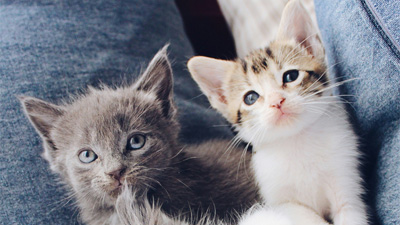 Cat Names100+ Popular Japanese Cat Names With Meaning
Cat Names100+ Popular Japanese Cat Names With Meaning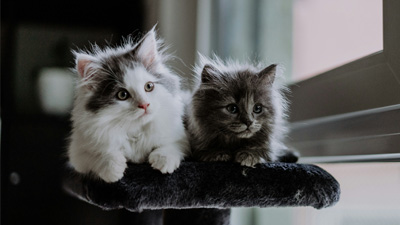 Cat Names20 Cute Japanese Pet Names with Meaning
Cat Names20 Cute Japanese Pet Names with Meaning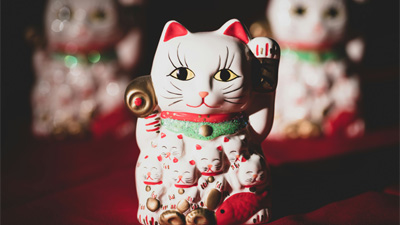 Cat CultureWhat is a Cat Called in Japan?
Cat CultureWhat is a Cat Called in Japan?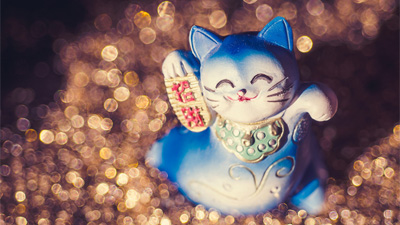 Cat CultureWhat Does The Maneki-Neko Symbolize?
Cat CultureWhat Does The Maneki-Neko Symbolize? Cat CultureThe Difference Between Maneki-Neko Left Or Right Paw?
Cat CultureThe Difference Between Maneki-Neko Left Or Right Paw?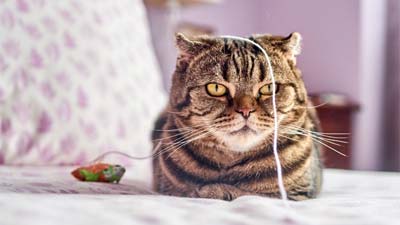 Cat JokesThe Best Cat Jokes to Tickle Your Funny Bone
Cat JokesThe Best Cat Jokes to Tickle Your Funny Bone